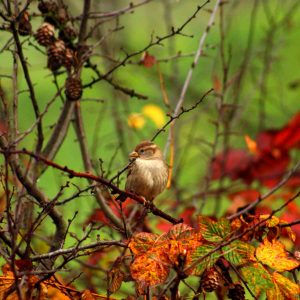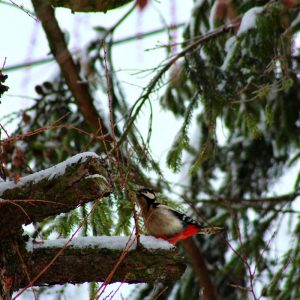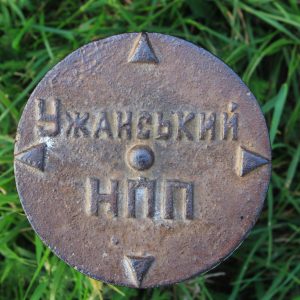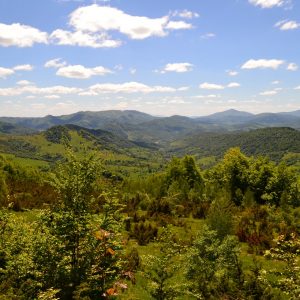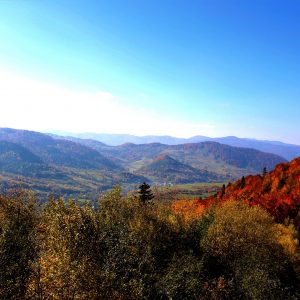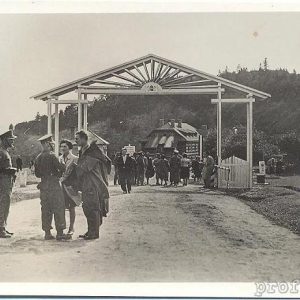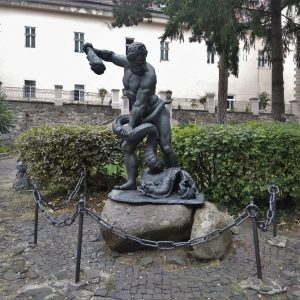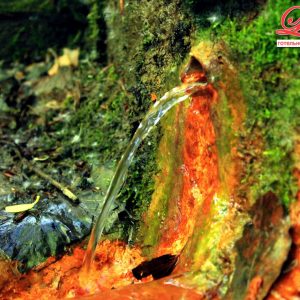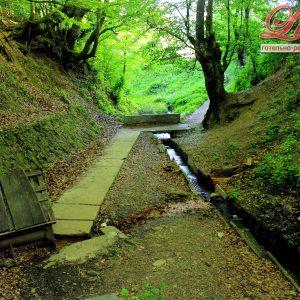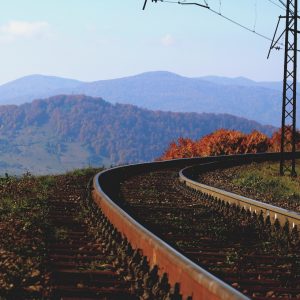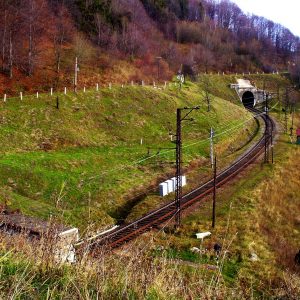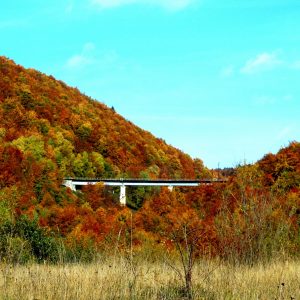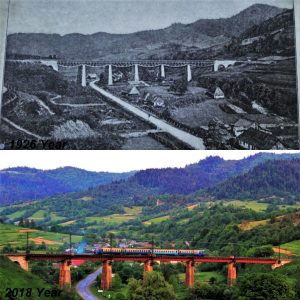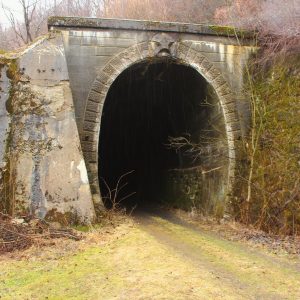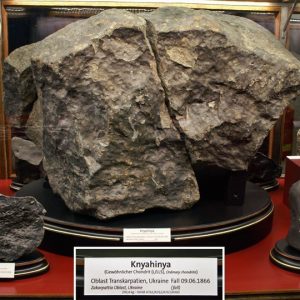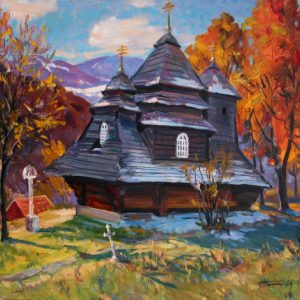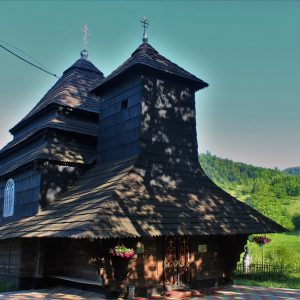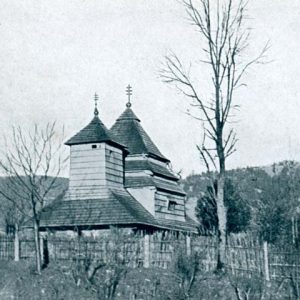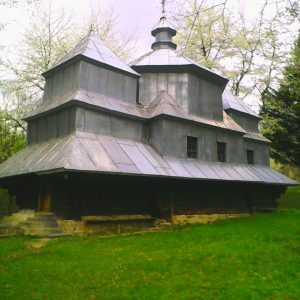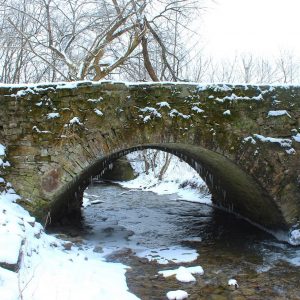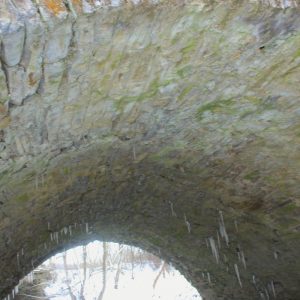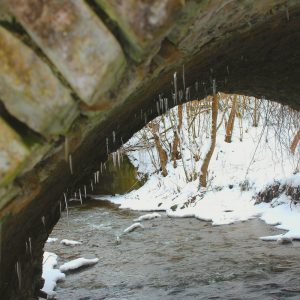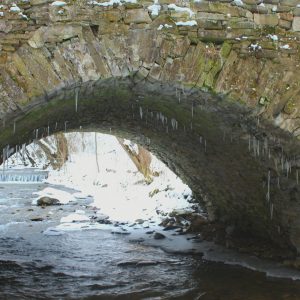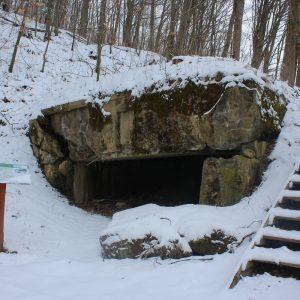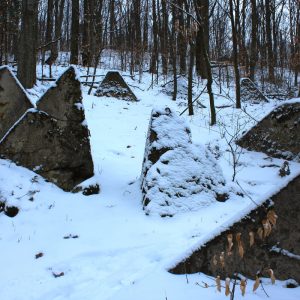Uzhanian national natural park.
It is a picturesque and unique part of Transcarpathia which does not have any analogs in the whole world! This park is located on the territory of Velykyi Bereznyi region (Transcarpathia) and has a huge area of 39,159 hectares. The nature reserve is well known for exciting natural landscapes and unique eco-systems. Until recently, the park of the Eastern Bishops’ Reserve “Eastern Carpathians” is included in the UNESCO World Network of Biosphere Reserves.
Uzanian national natural park was established in autumn, 1999, in the northwest of the Transcarpathian region. It was based on naturally protected areas and objects that were known at the beginning of the 20th century. Today there are more than 860 higher vascular plants, among which 43 species are listed in the Red Data Book of Ukraine and 2 species are included in the International Red Data Book. More than 300 lichens, about 150 bryophytes and the same amount of algae – all these species and even more grow harmoniously in Uzhanian NNP.
The territory is covered with at least 3000 hectares of charming virgin forests with majestic beeches, spruce and yarrows. These incredible woods became a natural home for more than 230 species of animals, 30 of which are listed in the Red Data Book of Ukraine and 12 species in the International Red Data Book. And since 2007, the forest ecosystem of Uzhanian NNP has been included to the UNESCO World Heritage List.
Today, Uzhanian national natural park received a world meaning and has a powerful touristic potential. Throughout the year, green tourism is rapidly developing on its territory and ecological routes are successfully organized, which are now about 20. Tourists from all over the world visit this park to see the spectacular scenery and vibrant animal and plant life!
Uzhok pass
Uzhok pass is one of the most beautiful passes in Ukraine, with its splendid views on the Ukrainian Carpathians and the Polish Bieszczady. The raise from the Transcarpathian part is one of the rapidest raises in Ukraine and its height is 889 meters. In different times, Uzhok pass was a meeting place between Poland and Czechoslovakia, Poland and Austro-Hungarian Empire, the USSR and Austria-Hungary. Now there is an administrative division between Lviv and Transcarpathian regions, and also a state division with Poland passes here.
The history of this picturesque and quite place is full of drama. Fierce battles took place there During the First and Second World Wars. Numerous monuments and memorials, a military cemetery, as well as surviving defensive structures of the Arpad line remind us of these battles.
Mineral springs in Uzhok village.
Uzhok mineral springs are known from the 17th century. In times of Austria-Hungary, on the outskirts of the village magnificent spa resort was built with 5 villas, 2 sanatoriums and 30 baths. The rumor about unique healing water was spread throughout Europe and even the ill from England visited this spa resort. With the help of this mineral water, people treated anemia, arthritis, asthma, nervous disorders, gynecological diseases and many other diseases. In honor of viable force of this water, even the sculpture of Hercules was erected and one of the sources was named after the mighty ancient hero.
In 1915, this popular spa resort was destroyed according to some versions due to fire. However, unique springs exist even now. Today, there 13 mineral springs in Uzhok and their tastes differ from each other. By chemical composition, Uzhok water is carbonic hydrocarbonate-calcium-sodium. Mineral water is rich for iron, barium and carbon dioxide. Scientists continue to study the unique composition and healing properties of Uzhok mineral water, and tourists come from all over Europe to enjoy it, as well as 300 years ago.
Railroad that passes through Uzhok pass.
This unique railroad was built by masters from Austria-Hungary in 1905. The creative team was headed by Austrian engineers who were invited to this project after the successful construction completion of the super complicated railway for the climb to the Italian Alps. During the Second World War, the railway was an important strategic object and thus underwent systematic destructions.
Now the railway through Uzhok pass is a long 19 kilometers serpentine road with numerous steep climbs, deep tunnels, terraces and outstanding viaducts. The trunk passes on the route Uzhhorod-Sambir-Lviv and anyone who wants to get unforgettable emotions, must definitely travel this fantastic mountain serpentine!
The place of fall of the largest meteorite in Europe (Black Mlaky tract).
In distant 1866, on a bright June day near Knjahynja village, something unusual took place. The real meteorite exploded at the height of 40 kilometers, flying almost over the whole Slovakia and overcoming the distance of at least 200 kilometers! Peasant Vasyl Kryvjanyk was fortunate – having come to the hayfield, he found a huge fragment in the 2-meter hole. After some time, this unique find was redeemed for several oxen by a local woodman who, in his turn, resold this meteorite fragment to the Imperial Museum in Vienna.
Since then, over thousand rubbles have been collected, each of it found its home in different Europeans museums. The biggest meteorite part over 250 kg was found on the slope of Stink mountain in Black Mlaky tract. Now this giant fragment is stored in the Vienna natural-history museum, and there are a memorable monument and fascinating tourist route on the place of fall.
Saint Nicholas Church1745 (Uzhok village)
It is one of the most beautiful buildings of Boyko architecture which has received a status of the UNESCO world heritage. The Uzhok church, (more than 270 years), is built from a hewn tree on the very slope in the centre of the natural “amphitheater”. Laconic architectural forms, unique acoustics and perfect church construction create an extraordinary atmosphere!
The incredible visual impression increases with new force when entering this church. Local masters used all their knowledge and tricks to create an architectural miracle effect. Compact and neat outside, the church impresses with its steep height and boundless space inside. Saint Nicholas Church is still a peculiar Transcarpathian calling card and favorite model for artists, and for more than 100 years pictures embellish a lot of tourist, souvenir and historic editions.
Saint Nicholas Church in Husnyi village, 1655.
It is one of the most exemplary wooden churches in Boyko style, which today is an architectural monument of national importance. The holy is also known for its outstanding minister, Zoltan Sholtes, who later became a world-famous artist.
The church is over 360 years old, as shown by the carving on the church with the date of building (1655). During this time the shrine has experienced a plenty of historical events and undergone a lot of restorations. But people could preserve gracefulness of the forms and special comfort inherent to Boyko churches. The Church covering experienced the cardinal changes, compared with the original appearance, which changed in the 1990s from the original spike to the stiff plated coating.
Saint John the Baptist Church, 1679.
A special shrine of Boyko scholl built in the far 1679 in Suhyi village. This church is built according to all canons of Boyko architecture but essentially differs from all other churches of this style.
The temple preserves a characteristic cosines and unique asceticism of forms and decorations. Unlike the churches in Uzhok and Husnyi, the tower above the rebate ledge in Suhyi church breaks the traditional proportions. It is significantly higher than the central tower, thus it was transformed into a bell tower. Dramatic development has undergone one of the last reconstructions of the temple, after which all the towers had to be decorated with the tin coating.
Strychava bridge.
It is a unique antique bridge which is over 500 years old! This bridge is built in Roman style and today is the only acting Roman aqueduct in Ukraine. In the construction of the building, no gram of cement or other sturgeon solvent was used, only sandstone.
The secret of Strychaba bridge is in unique technology of Roman school building. Central stone corresponded for the stability of the building and all the others were selected with a jewelry precision to one another or obstructed to the required shape. Today this bridge is rightfully considered to be a sample of engineer art and it is hard to believe that having existed for half a millennium, it still serves its purpose!
The defensive Arpad line
It is the line of defense structures in the Eastern Carpathians, built by German and Hungarian troops during the Second World War. The main goal of this line was the battles against advancing Soviet troops. During the Eastern-Carpathian military operation, the defense was hold by a group of soldiers led by general Heinrici of the 1st Panzer Army of Germany and 13th Infantry Division of 1st Army of Hungary.
The Arpad Line took place from the Dukla pass to Yablunytsky pass and was about 600 kilometers in length. The line consists of many particular defensive objects. Only within the boundaries of the Fourth Ukrainian Front were built around a hundred key points, 439 open fire lines, 759 Pillboxes and 394 gun emplacements. There were plenty of trenches and infantry trenches with a total length of more than 400 km, as well as about 135 km of anti-tank bumps were built.
Today, the Arpad Line is a vivid example of effective defensive complex built in the urgent terms and with minimum of resources. In Bereznyi, The Arpad Line passed in several posts and now you can see the remnants of defensive and fortifications in the following places:
- Uzhok pass, known for the existence of the powerful defensive node with many trenches fortified with 30 and 60 gun emplacements (not all survived until our times).
- Jornava village where remained the mermants of the military bunker remained.
• Sil’ village with different anti-tanks fences.

